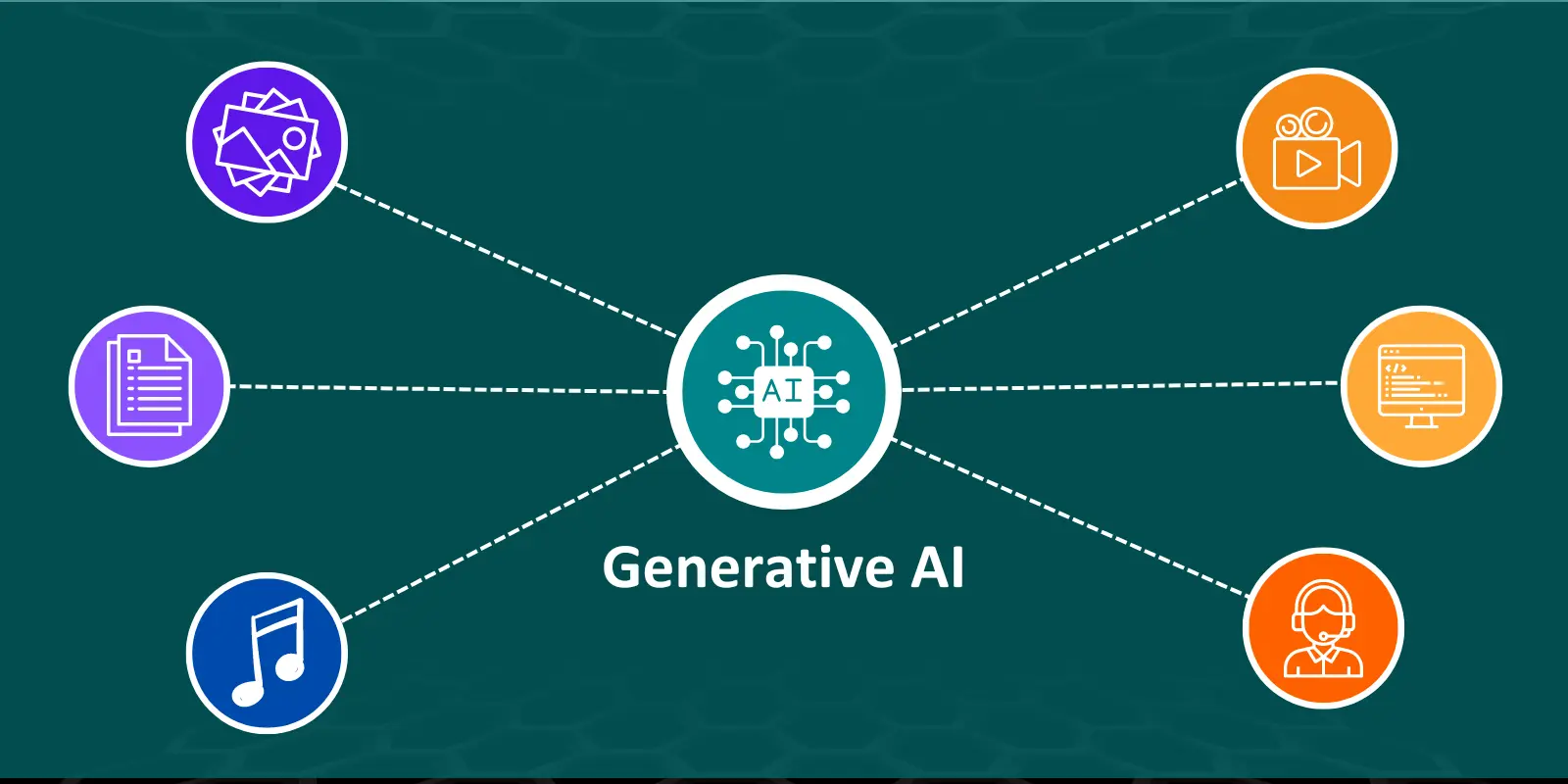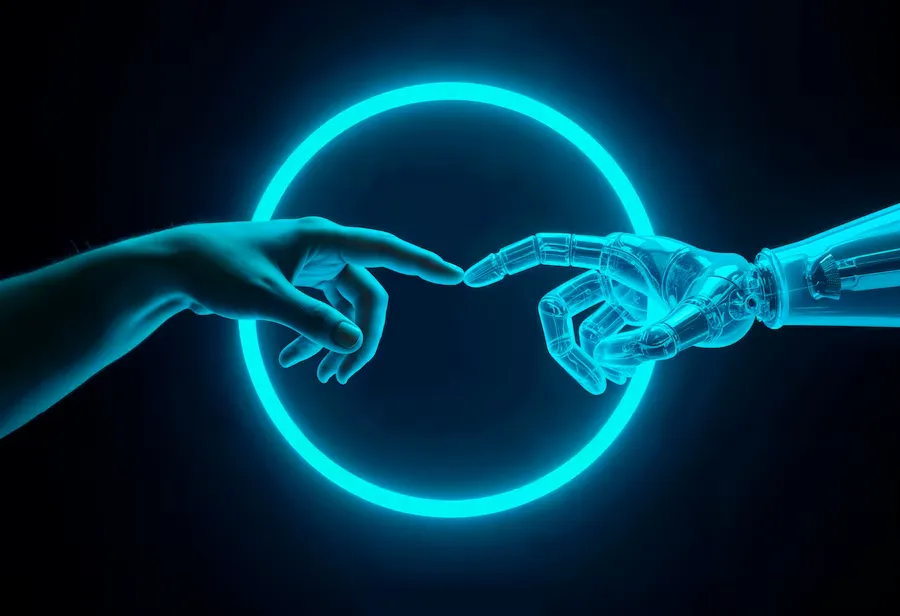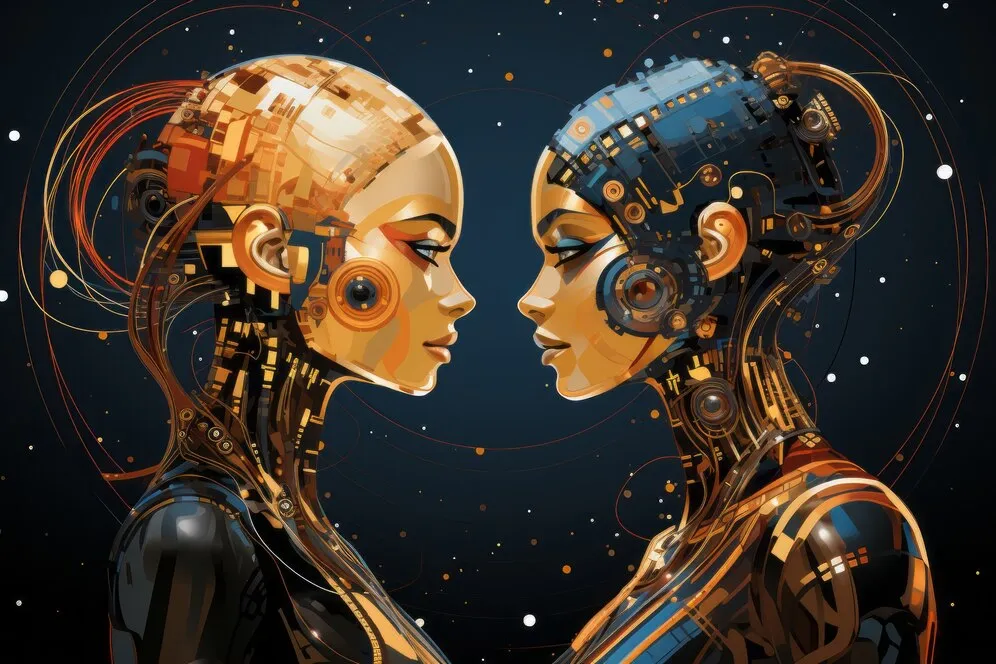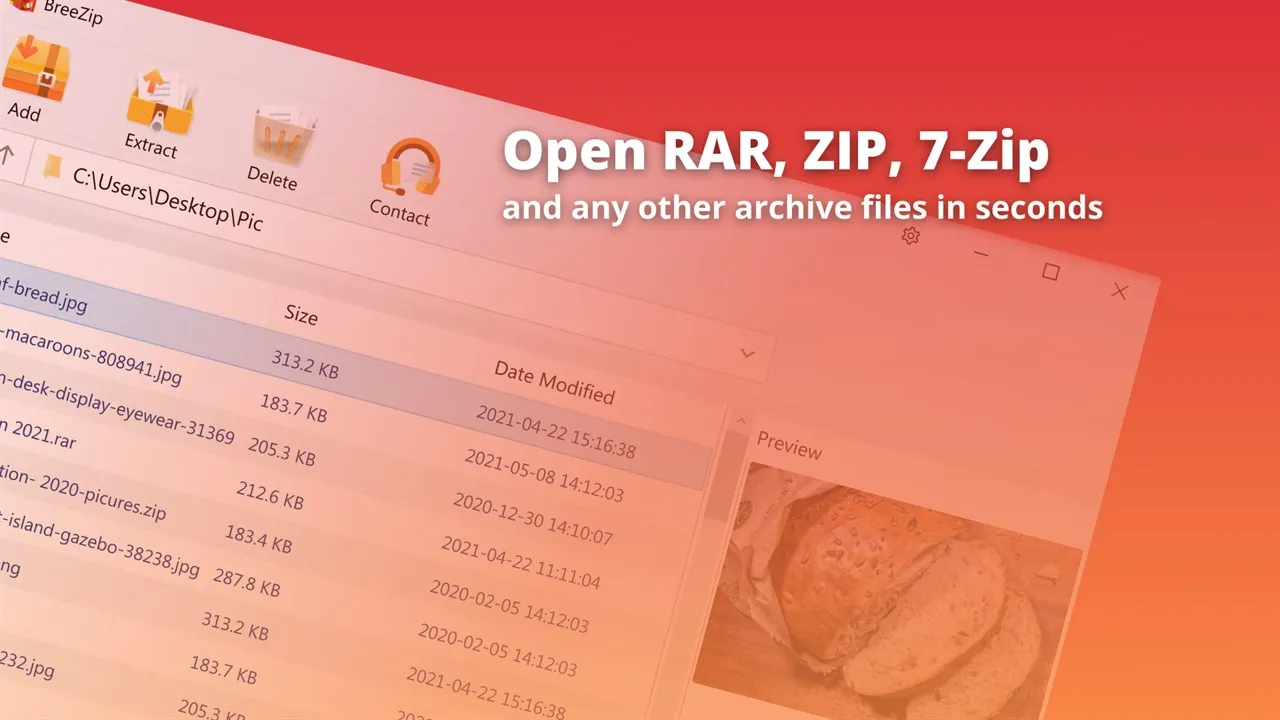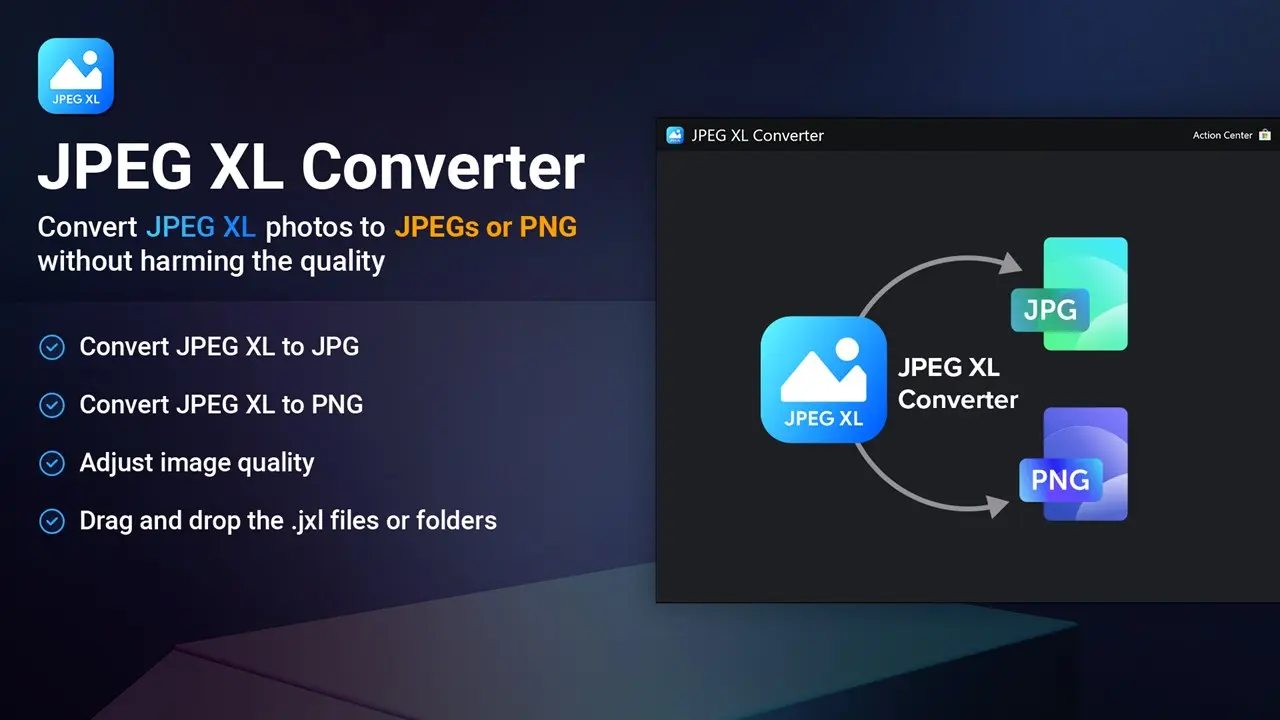
Generative AI is a groundbreaking advancement in artificial intelligence that enables machines to produce original content such as text, images, audio, videos, and even complex designs. Unlike traditional AI models that focus on analyzing data and performing specific tasks, generative AI creates new, high-quality content by learning patterns and structures from existing data. It’s transforming industries and pushing the boundaries of creativity in unimaginable ways.
How Generative AI Works
Generative AI operates on machine learning models, often using architectures like Generative Adversarial Networks (GANs) or transformers. These models learn from large datasets to:
- Identify patterns and relationships.
- Reconstruct existing data in novel formats.
- Generate entirely new and unique outputs based on learned information.
For example:
- GANs involve two neural networks—a generator (creates content) and a discriminator (evaluates its realism)—working together to produce lifelike outputs.
- Transformers like GPT (Generative Pre-trained Transformer) focus on natural language processing and generating human-like text responses.
Applications of Generative AI
Generative AI is being applied across multiple domains, revolutionizing the way we work, create, and interact:
1. Text Generation
- Content Creation: Writing articles, blogs, poetry, or social media posts automatically.
- Customer Support: Powering chatbots to deliver human-like responses.
- Translation and Summarization: Facilitating multilingual communication and condensing large texts into concise summaries.
2. Image Creation
- Art and Design: Generating original illustrations, artwork, and graphic designs.
- Product Development: Creating prototypes or digital renders for consumer goods.
- Personalization: Customizing visual content for marketing campaigns.
3. Audio and Music
- Music Composition: AI tools like Jukebox create entirely new melodies and soundtracks.
- Voice Synthesis: Mimicking realistic human voices for audiobooks, games, or virtual assistants.
4. Video and Animation
- Video Editing: Transforming raw footage into polished productions with automated transitions and effects.
- AI-Generated Films: Creating animated videos based on simple descriptions.
5. Healthcare
- Medical Imaging: Generating detailed scans or simulated images for training purposes.
- Drug Discovery: Predicting molecular structures for new treatments using generative techniques.
6. Virtual Environments
- Gaming: Designing intricate landscapes and characters.
- Simulations: Building virtual environments for education or training.
Advantages of Generative AI
Generative AI offers transformative benefits:
- Creativity Unleashed: Produces innovative designs and ideas beyond human imagination.
- Efficiency: Automates complex processes, reducing time and resource consumption.
- Personalization: Delivers tailored solutions for individual preferences and needs.
- Accessibility: Democratizes content creation, allowing individuals with minimal skills to produce high-quality outputs.
Challenges and Ethical Considerations
Despite its potential, generative AI raises some concerns:
- Misinformation: AI could inadvertently generate fake news, manipulated images, or biased content.
- Copyright and Ownership: Questions about who owns the AI-generated material—users or developers—need clarity.
- Ethical Use: Ensuring AI is not used maliciously or unethically, such as creating deceptive or harmful content.
- Bias and Inclusivity: AI models can inherit biases from training data, impacting output quality and fairness.
Future of Generative AI
Generative AI is evolving rapidly, with exciting possibilities on the horizon:
- Creative Collaborations: AI working alongside humans to co-create art, music, and literature.
- Enhanced Personal Assistants: Advanced virtual assistants capable of anticipating needs and creating solutions.
- Complex Problem-Solving: Using generative AI for scientific simulations and discoveries that are beyond current computational limits.
Generative AI continues to blur the lines between machine creativity and human ingenuity, promising a future full of boundless innovation.


